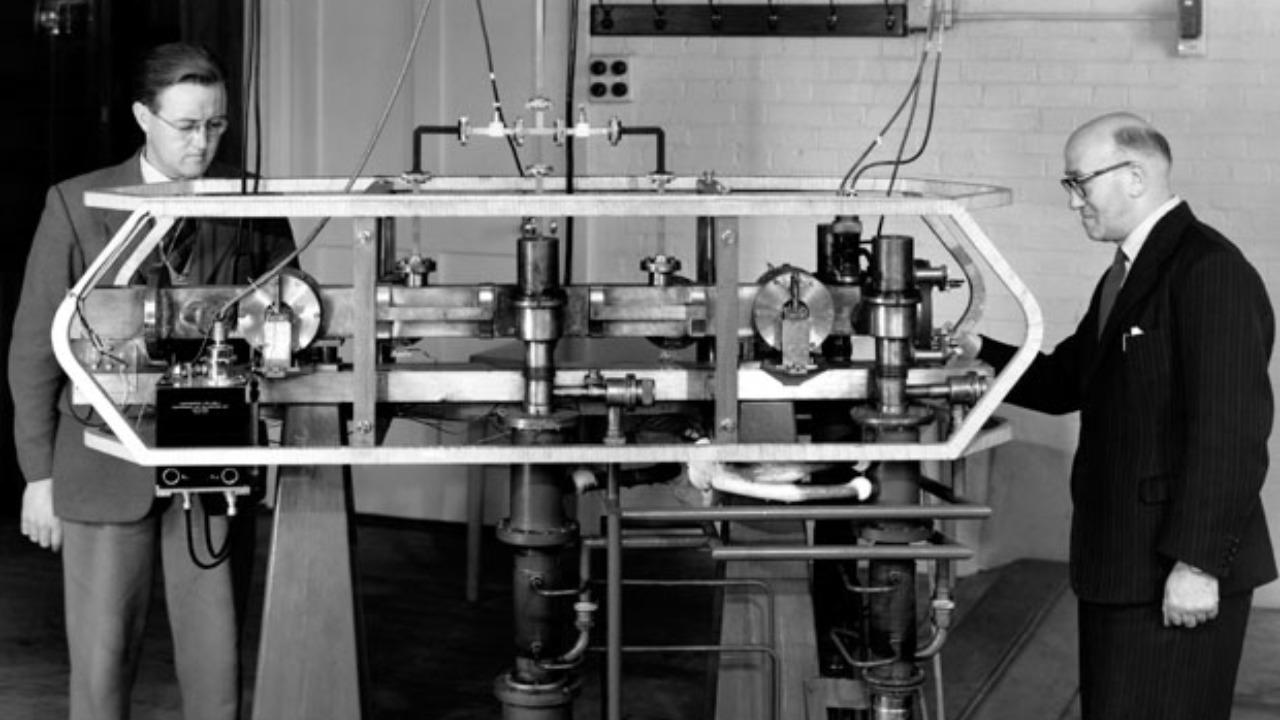
MIT physicists, led by Research Scientist Christopher Nixon and Professor Vladan Vuletić, have made a groundbreaking advancement in the precision of optical atomic clocks. By employing a novel quantum method that reduces quantum noise, they have doubled the precision of these clocks, achieving stability at the 10-19 level for measurements over several hours. This significant development, detailed in a study published on October 8, 2025, in Nature, promises to enhance timekeeping accuracy for applications such as GPS and fundamental physics tests. The method was tested using ytterbium atoms in an optical lattice clock at MIT’s Center for Ultracold Atoms.
Background on Optical Atomic Clocks
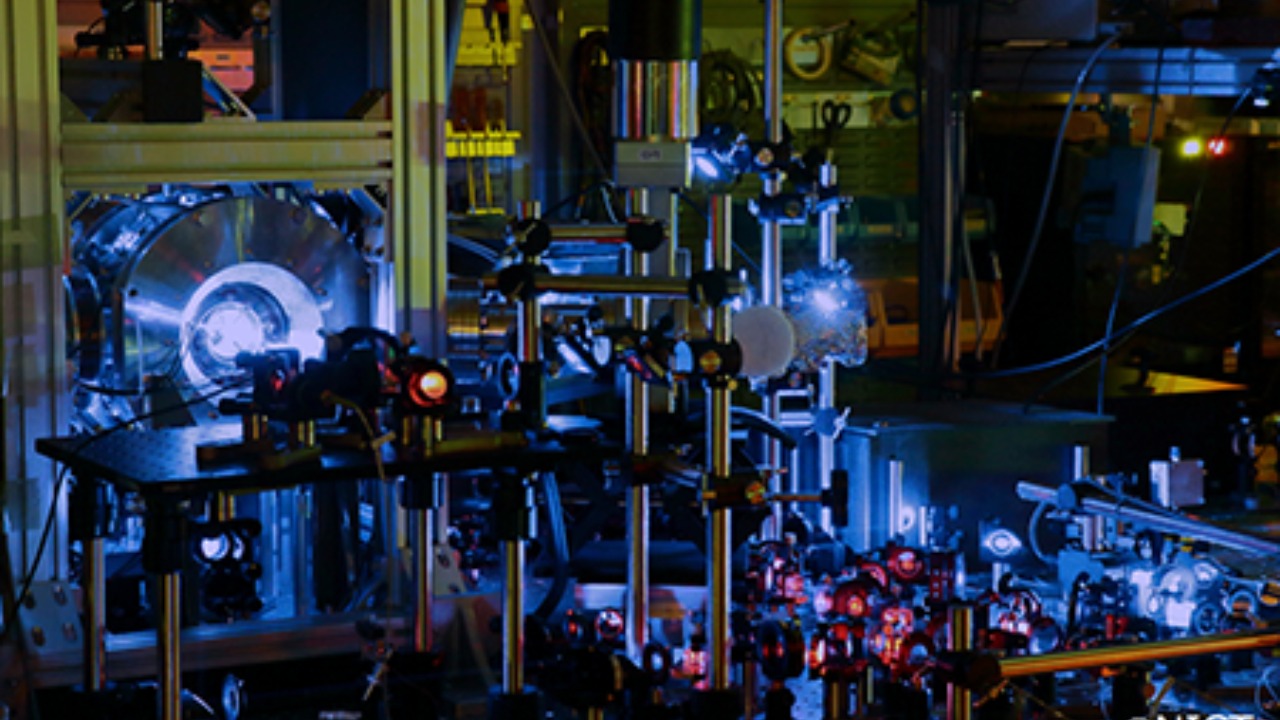
Optical atomic clocks play a crucial role in modern timekeeping, utilizing laser frequencies on visible light transitions rather than microwave frequencies. This approach offers a precision that is 100 times better than traditional cesium-based clocks. These clocks are essential for various applications, including global positioning systems and scientific research that requires precise time measurement. According to SciTechDaily, the precision of optical clocks is a key factor in redefining the second in the International System of Units (SI).
Despite their advantages, optical atomic clocks face challenges, particularly quantum projection noise, which limits their short-term stability to about 10-16 fractional frequency uncertainty per second. This noise is a significant barrier to achieving even greater precision. Historical milestones in the development of optical clocks include the 2018 comparison of three leading models—NIST’s aluminum-ion, PTB’s ytterbium, and RIKEN’s strontium—achieving record accuracy at the 10-18 level, as reported by SciTechDaily.
The Quantum Noise Reduction Technique
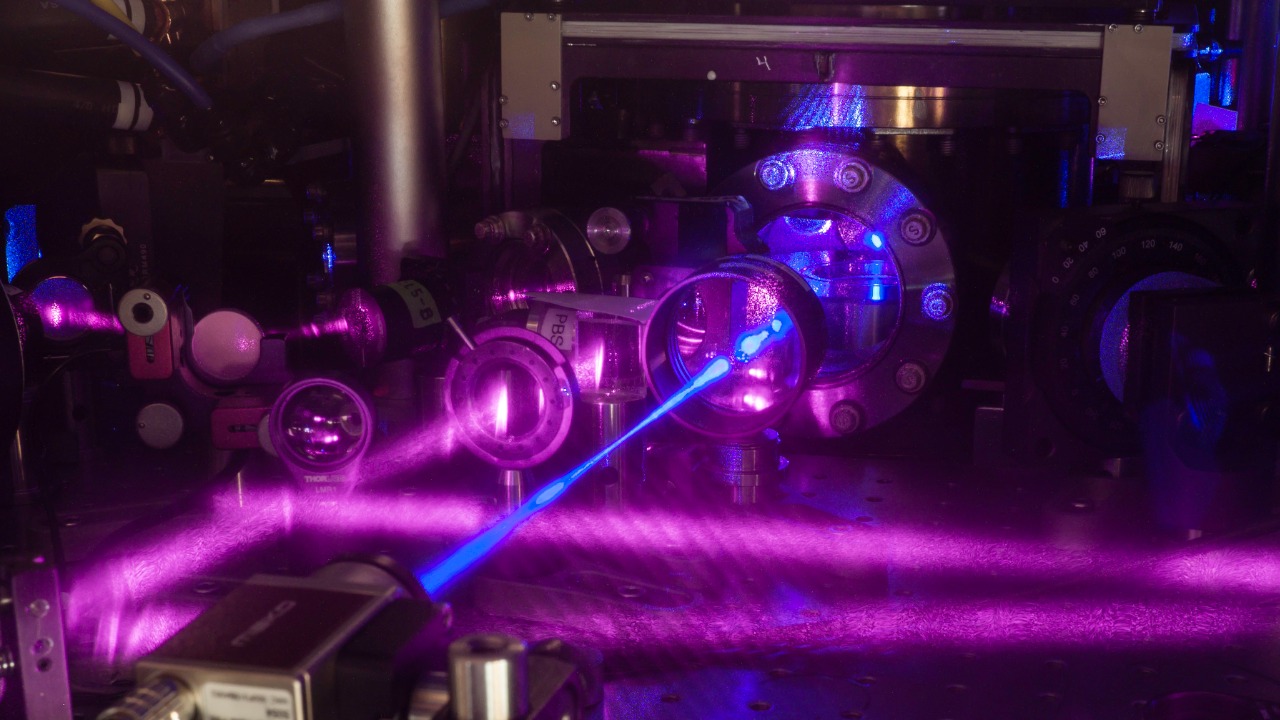
The new method developed by MIT physicists involves the use of quantum nondemolition (QND) measurements on spin-squeezed ensembles of 400 ytterbium atoms. This technique suppresses noise, effectively doubling the precision of the clocks without increasing the number of atoms. The process involves entangling atoms via cavity-enhanced interactions, allowing repeated measurements that preserve quantum information. This innovative approach is detailed in a report by Interesting Engineering.
The experimental setup at MIT involves trapping atoms in a one-dimensional optical lattice and probing them with a 556 nm laser tuned to the clock transition. This setup is crucial for achieving the desired precision and stability. The method’s success demonstrates the potential for significant improvements in timekeeping accuracy, which could have far-reaching implications for various scientific and technological applications, as noted by MIT News.
Comparison with Leading Global Atomic Clocks
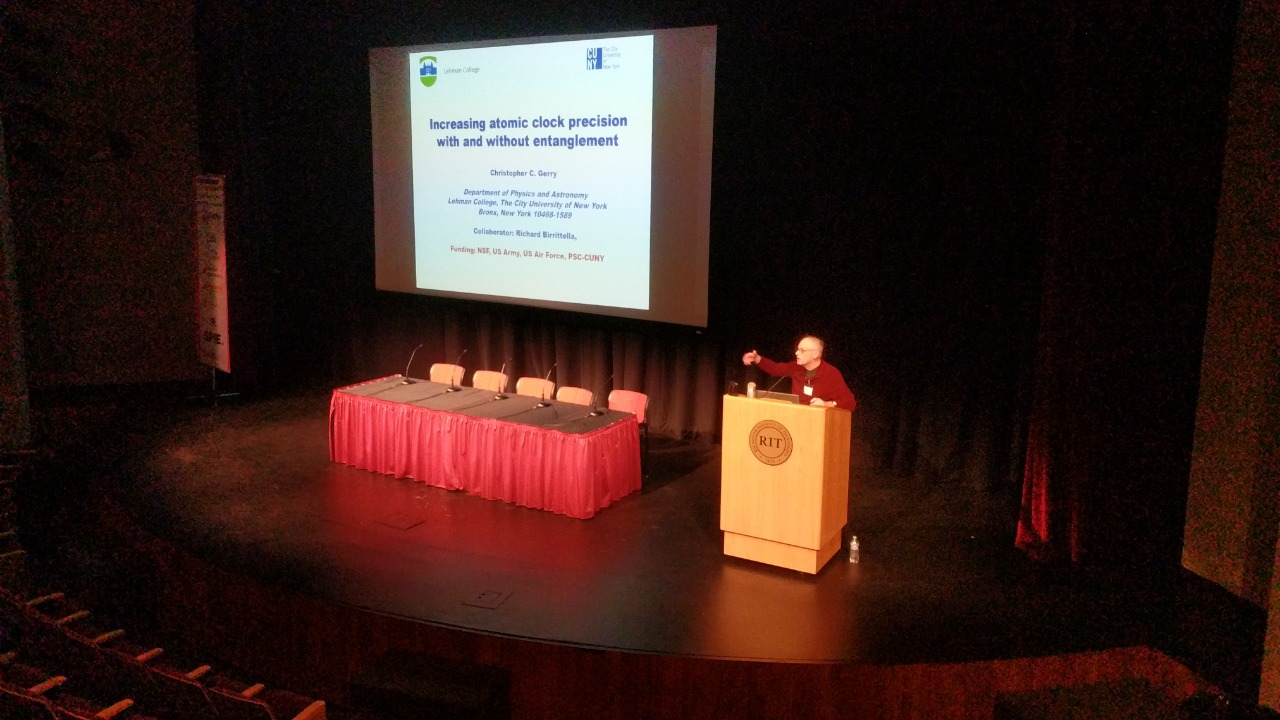
MIT’s improved ytterbium clock performance is now comparable to the world’s top models, such as the strontium lattice clock at the University of Tokyo, which boasts 10-18 accuracy, and the aluminum-ion clock at NIST. The 2025 intercomparison results show MIT’s clock achieving 10-19 stability over 10,000 seconds, surpassing previous records set in 2018 by the PTB ytterbium clock. This achievement highlights the significant advancements made by MIT physicists in the field of timekeeping, as reported by SciTechDaily.
Lead researcher Christopher Nixon remarked, “This noise reduction is like turning the volume down on the quantum fluctuations that scramble the clock’s tick,” emphasizing the importance of this breakthrough in reducing quantum noise. This improvement not only enhances the precision of optical atomic clocks but also sets a new standard for future developments in the field, as highlighted by Interesting Engineering.
Implications for Timekeeping and Physics
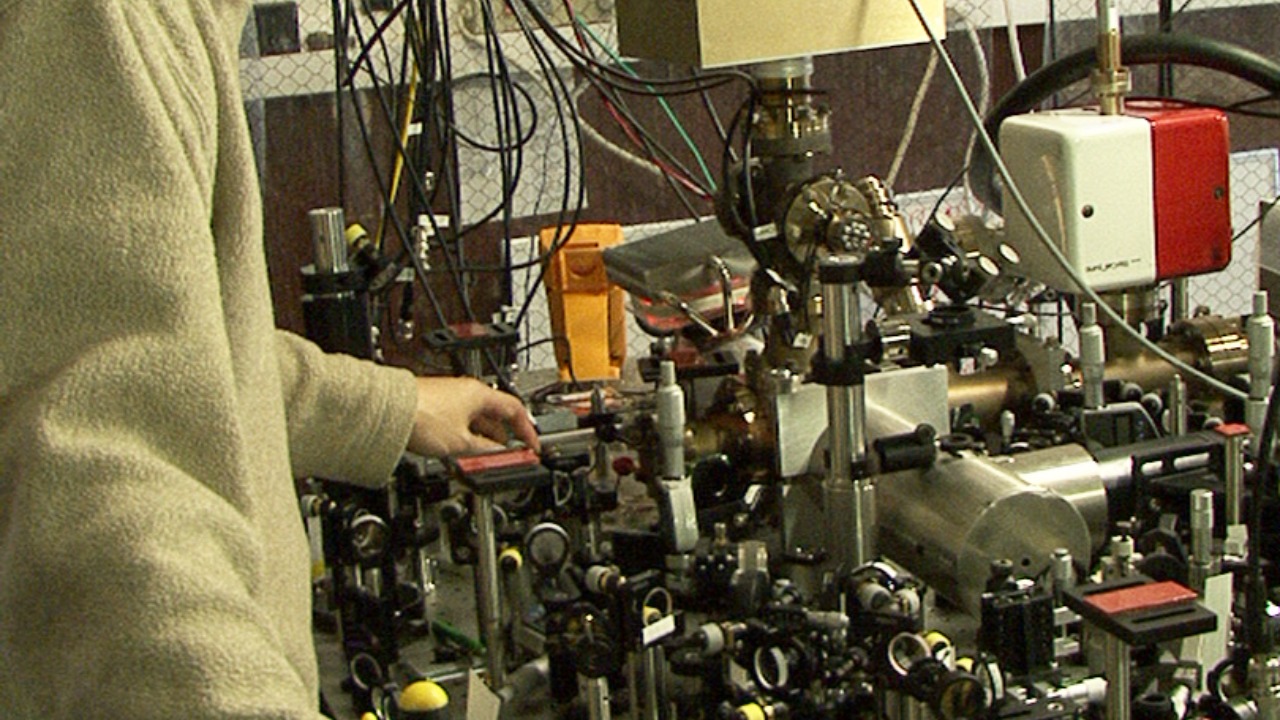
The advancements in optical atomic clock precision have significant implications for redefining the second in the International System of Units (SI). Optical clocks could potentially replace cesium fountains by 2030, as discussed in recent evaluations by the Bureau International des Poids et Mesures (BIPM). This transition would mark a major milestone in the evolution of timekeeping standards, as noted by SciTechDaily.
Beyond redefining time units, the improved precision of optical atomic clocks could impact precision measurement in various fields. For instance, they could enhance the detection of gravitational waves through clock network comparisons and allow for testing general relativity with 100-fold improved accuracy. These applications underscore the broader scientific significance of this technological advancement, as reported by MIT News.
However, scalability challenges remain, particularly in integrating this method into portable clocks for GPS satellites. Successfully addressing these challenges could reduce timing errors by factors of 10 in navigation systems, significantly improving the accuracy and reliability of global positioning technologies. This potential impact on everyday technology highlights the practical benefits of the research conducted by MIT physicists, as discussed by Interesting Engineering.